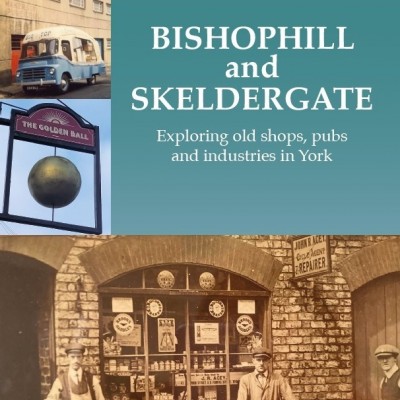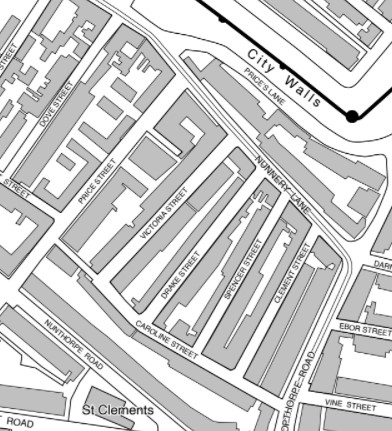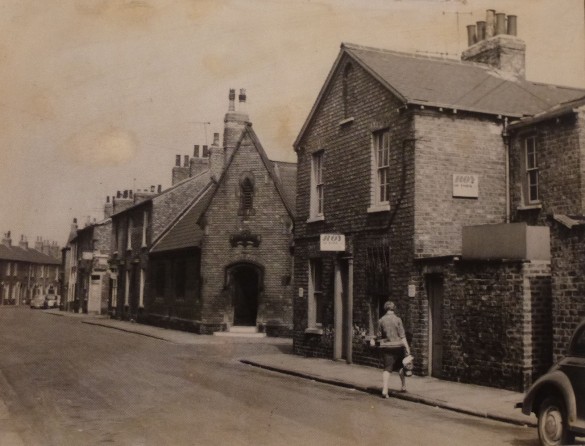17th May 2022




View navigation
17th May 2022
 The streets, throughout their hundred-year life, had a strongly working-class population of between 950 and 1,400 people. There were many skilled workers, and the range of employment varied from labourers to engine drivers. The railways always dominated employment.
The streets, throughout their hundred-year life, had a strongly working-class population of between 950 and 1,400 people. There were many skilled workers, and the range of employment varied from labourers to engine drivers. The railways always dominated employment.
 Parts of some nearby streets had been cleared before WW2 and by the 1950s the Council focused on the six streets. All houses were inspected, and many were judged legally unfit for human habitation. There was also a (somewhat dubious) judgement that the arrangement of houses and streets was 'dangerous or injurious' to those living there. Also dubious was an unsubstantiated assertion that the density of housing was 'excessive'.
Parts of some nearby streets had been cleared before WW2 and by the 1950s the Council focused on the six streets. All houses were inspected, and many were judged legally unfit for human habitation. There was also a (somewhat dubious) judgement that the arrangement of houses and streets was 'dangerous or injurious' to those living there. Also dubious was an unsubstantiated assertion that the density of housing was 'excessive'.